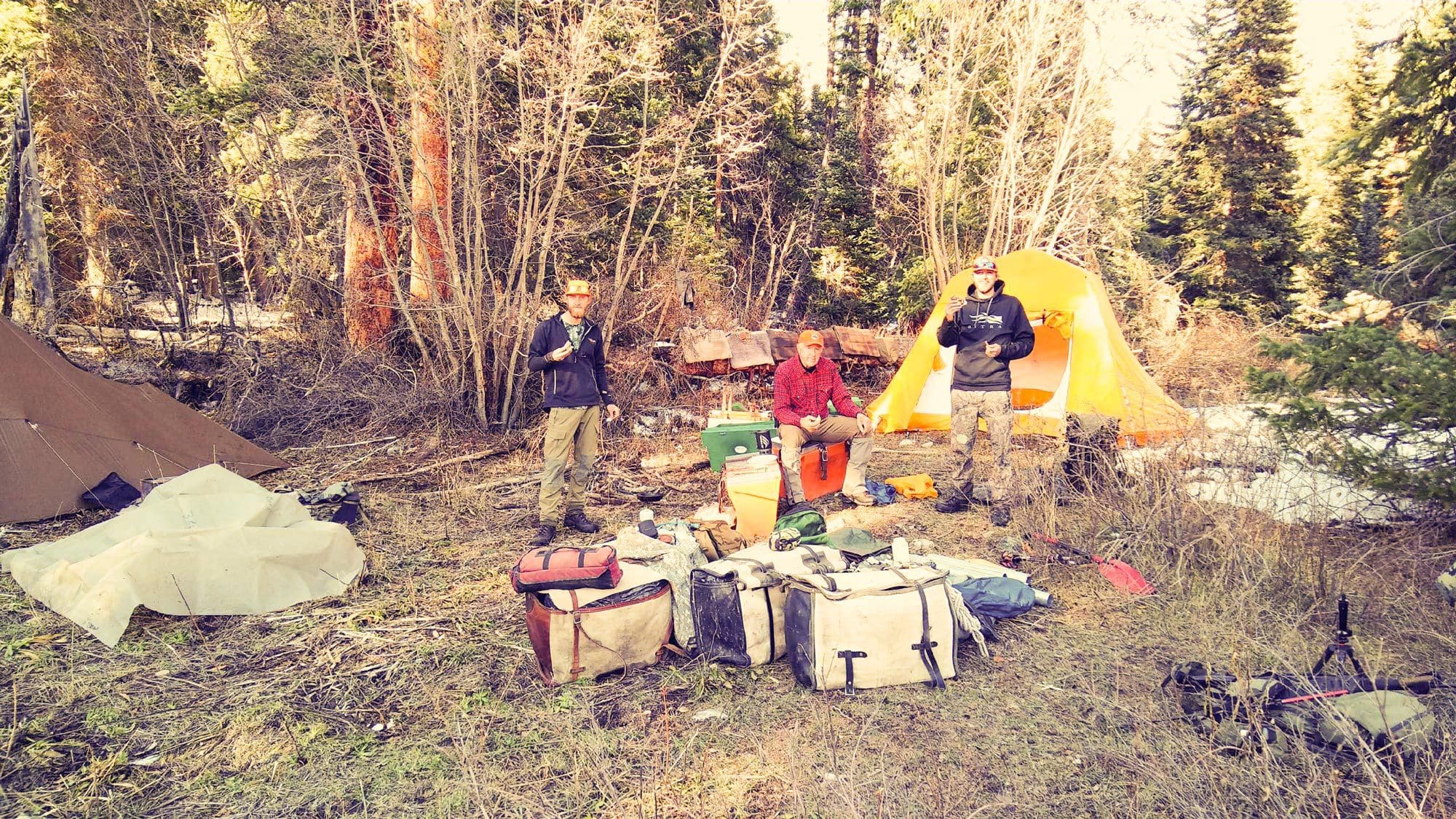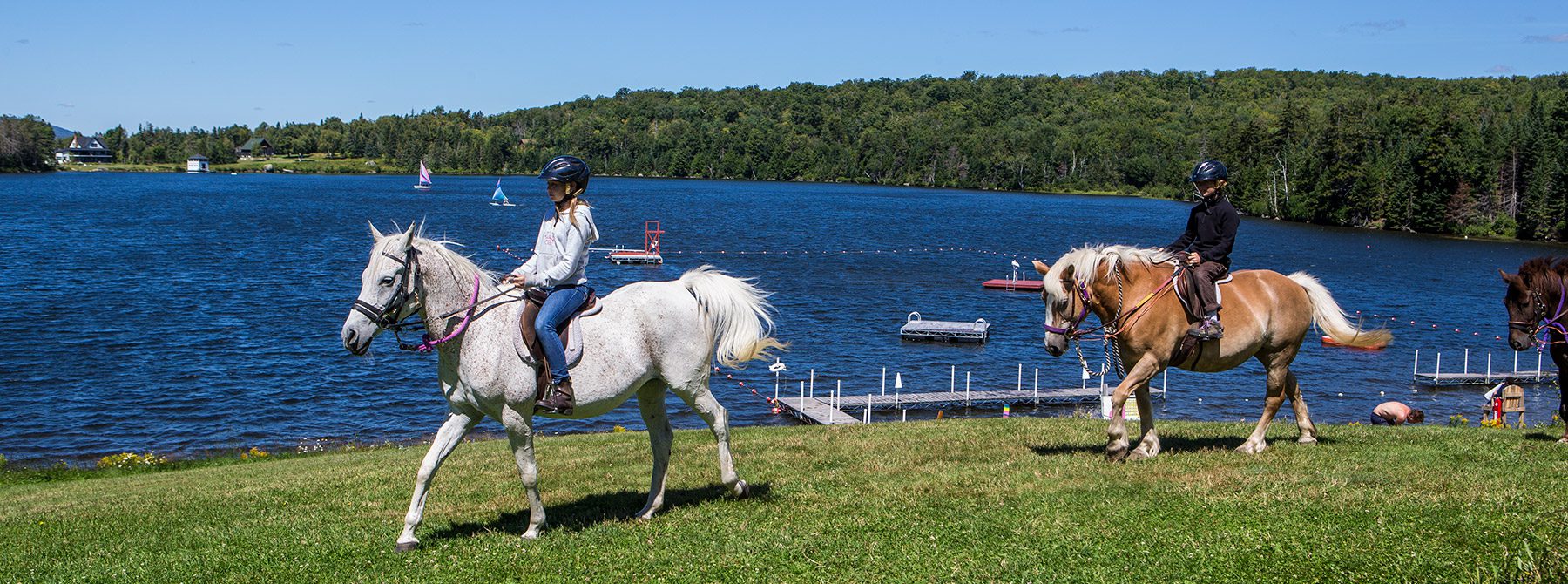The Ultimate Guide to Horseback Camping

Writing a detailed, SEO-friendly blog article in English on the topic “The Ultimate Guide to Horseback Camping” involves several key components to ensure the content is informative, engaging, and optimized for search engines. Below is a structured approach to crafting such an article.
Article Length and Structure
- Aim for 3000–4000 characters to provide enough depth without overwhelming readers.
- Use clear headings and subheadings to organize content logically.
Content Elements to Include
1. Introduction
- Briefly introduce horseback camping and its appeal.
- Highlight the unique experience of combining horseback riding with camping.
2. Essential Gear and Equipment
- List necessary gear for both riders and horses.
- Include items like saddlebags, camping tents, horse feed, and safety equipment.
3. Planning Your Trip
- Discuss how to choose suitable trails and campsites.
- Offer tips on checking weather conditions and trail regulations.
4. Setting Up Camp
- Explain how to safely set up a campsite with horses.
- Include advice on securing horses overnight and managing waste.
5. Safety Tips
- Cover important safety considerations for riders and horses.
- Mention first aid, wildlife awareness, and emergency preparedness.
6. Benefits of Horseback Camping
- Describe physical, mental, and social benefits.
- Emphasize the connection with nature and animals.
7. Frequently Asked Questions (FAQ)
- Address common questions such as:
- What experience level is needed?
- How to train your horse for camping?
- What are the best seasons for horseback camping?
Use of Tables and Lists
- Incorporate tables to compare gear or trail options.
- Use bullet points and numbered lists for clarity and easy reading.
SEO Considerations
- Use relevant keywords naturally throughout the article.
- Include meta descriptions and alt text for images if applicable.
Writing Style
- Maintain a friendly, informative tone.
- Use descriptive language to engage readers and paint vivid pictures.
By following this guide, you can create a comprehensive, engaging, and SEO-optimized blog article that thoroughly covers horseback camping.
